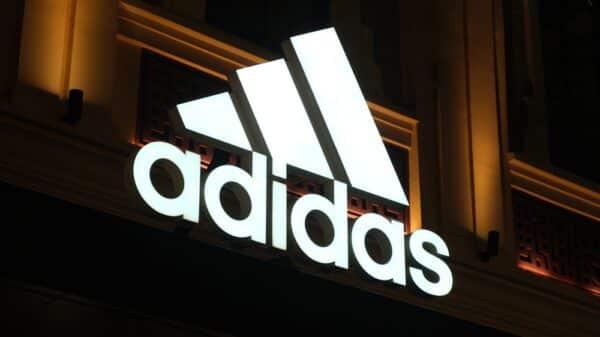According to well-placed sources, Shein is pivoting its strategy and is set to move forward with plans to list on the Hong Kong Stock Exchange. This decision comes after its initial intent to launch an initial public offering (IPO) in London faced significant delays due to the complex maze of securing regulatory approval in China.
One insider noted that the fast-fashion giant, which has roots in China, is expected to file a draft prospectus with the Hong Kong exchange in the coming weeks. This shift is not just a simple change in venue; it reflects a broader strategy to shift its public debut, with aspirations to go live in the vibrant financial hub of Asia within the year.
The reasons behind this venue switch are substantial. Primary among them is the lag in communication from the China Securities Regulatory Commission (CSRC), which has failed to provide the necessary approvals. Shein had initially received the green light from the U.K.’s Financial Conduct Authority (FCA) back in March, leading them to notify the CSRC in anticipation of a swift follow-up. However, sources indicated that the dialogue with the Chinese regulator has come to a standstill.
It’s worth noting that these developments regarding Shein’s plans for a Hong Kong IPO have not been publicly reported until now, highlighting the delicate nature of the situation. Most sources have asked to remain anonymous, underscoring the sensitivity surrounding the matter and their lack of authorization to speak to the media. Both Shein and the CSRC were unreachable for comment, while a spokesperson for Hong Kong Exchanges and Clearing Ltd. (HKEX) declined to comment on specific companies.
Before eyeing London, Shein had actually considered listing in New York, a move aimed at enhancing its global presence and wooing major Western investors. The shift toward Hong Kong, while strategic, could potentially dilute Shein’s allure as a global brand.
The leap to a London IPO was also hindered by more than just regulatory hurdles. Disquieting headlines surrounding Shein’s alleged use of cotton from China’s Xinjiang region and concerns over forced labor raised alarms. These allegations could lead to public backlash, posing a risk not just for Shein, but also for Beijing. This complex backdrop is amplified by the ongoing trade tensions between China and the U.S., making Beijing notably cautious. The U.S. government and various NGOs have consistently accused China of human rights violations in the Xinjiang region, claims that China has fervently denied.
In response to these concerns, Shein maintains that it applies a strict zero-tolerance policy against forced and child labor throughout its supply chains.
As uncertainties with the CSRC linger, Shein terminated contracts with public relations firms Brunswick and FGS, who were initially brought on board to assist with the London IPO strategy, as previously reported.
There’s still ambiguity regarding whether Shein has formally requested or received CSRC clearance for its prospective Hong Kong listing. The company had previously sought regulatory green lights for listings in both New York and London. Two sources explained that Shein falls under the regulatory purview for Chinese firms looking to go public internationally. This regulatory framework allows the CSRC broad discretion in their approval process, which can significantly affect timing.
It’s important to remember that Shein does not directly operate any factories. Instead, it sources its items from about 7,000 third-party suppliers across China and a few manufacturers in Brazil and Turkey. Initially, Shein aimed to finalize its London listing within the first half of the year. Yet challenges for its direct-to-consumer model—especially as U.S. policy shifts have disrupted supply chains—pose ongoing difficulties.
During the Trump administration, changes in U.S. trade policies resulted in the end of duty-free access for Chinese e-commerce shipments, introducing steep tariffs that didn’t exist before. Previously, a “de minimis” rule allowed items valued under $800 to bypass tariffs, benefitting Shein and similar e-commerce companies immensely. Now, these packages face tariffs starting at 30%, a significant hurdle for Shein and its counterparts as they reassess their international strategies.
Further complicating matters, the European Union is considering modifications to its own duty exemption thresholds for parcels, which could impact Shein’s cost structure even more.
As of February, reports indicated that Shein was ready to reduce its valuation to around $50 billion for a potential London IPO, a decrease from the $66 billion it garnered during a $2 billion private fundraising round in 2023.
This rollercoaster journey reflects not just regulatory challenges, but a broader landscape of global commerce and ethical scrutiny that companies like Shein must navigate.
Image Source: Kaspars Grinvalds / Shutterstock



























